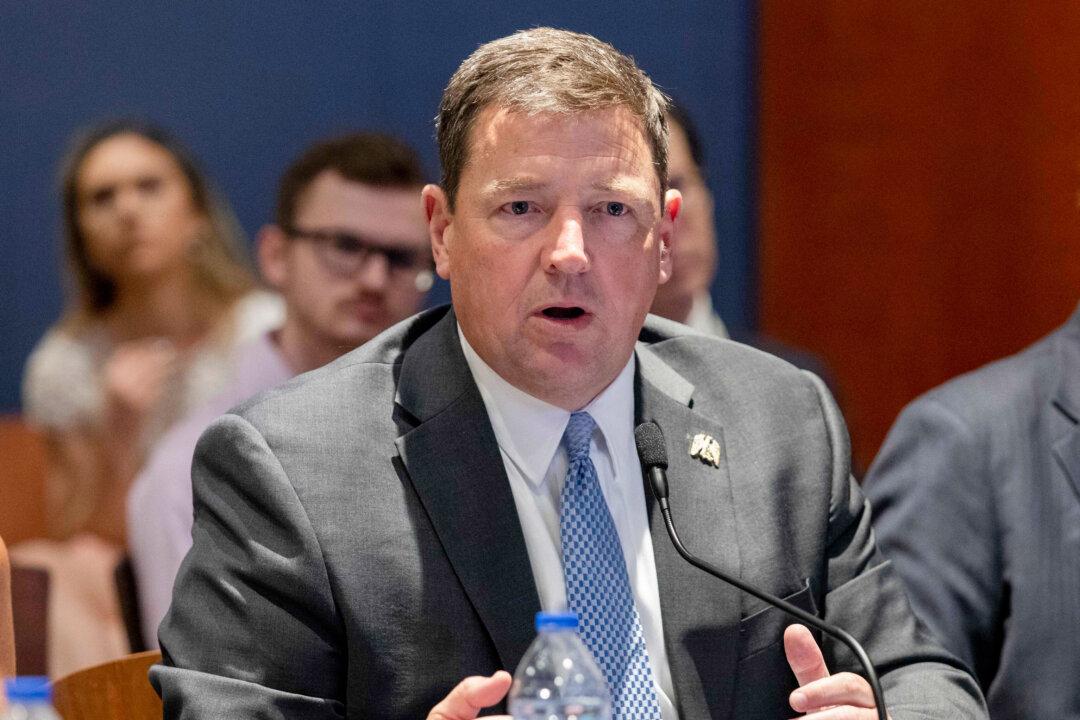World Health Organization (WHO) officials are rushing to try to figure out how widespread the new coronavirus outbreak is after Chinese authorities reported a slew of new cases and deaths overnight.
Figures from the Chinese Communist Party are widely considered to be unreliable, but the even the official numbers show a stark jump in the number of cases and deaths, prompting WHO officials to work on the scope of the outbreak.
“How big is the iceberg?” Dr. Mike Ryan, head of the WHO’s emergencies program, told reporters at a press conference at the organization’s headquarters in Geneva.
“We do know, and we all accept, that there is transmission occurring at some level in communities. We’ve all seen those clusters, we’ve all seen those super-spreading events,” he added. “The question mark is how much is happening outside what we see?”

Officials want to do household and community spread and implement serology testing to figure out the scope, Ryan said.
WHO officials have largely praised China for its response to the outbreak, even challenging a reporter who asked on Wednesday whether there had been any pressure to say nice things about the authoritarian country.
Ryan said the iceberg “might not be that great,” pointing out that public health officials in other countries who are testing suspected cases haven’t discovered large numbers of positives.
“I sometimes find it difficult to understand why the assumption to the awful is the one that’s accepted and while the assumption of what might be a higher proportional detection of cases is almost seen as invalid,” Ryan said.
COVID-19, the new coronavirus, started in Wuhan, China, in December 2019 and has since spread to every region of the country. It started appearing in other countries the next month and caused the second death outside China, in Japan, this week.
Japan has hundreds of cases and other Asian countries are dealing with a rising number of patients testing positive as countries around the world take measures in attempts to stem the spread of the virus, about which much is still unknown.

Scientists haven’t pinpointed the origins of the virus or some crucial details of how transmissible it is. China has prevented international health experts from being on the ground, finally allowing three experts into the country this week. Some seven others are expected to join them over the weekend, Ryan said.
The team members have largely been shielded from public view; the WHO has said the advance team was led by Dr. Bruce Aylward, a Canadian expert, and included Dr. Maria Van Kerkhove, a WHO official. American officials said this week that no U.S. experts have been approved for the team.
Ryan said scientists are still working on pinpointing the origins of the virus while downplaying the jump in the number of reported cases in China.
“We have seen a significant spike in the number of reported cases in China, but not a significant change in the trajectory of the COVID-19 outbreak,” he said. “This increase is in large part down to a change in how cases are diagnosed and reported.”





